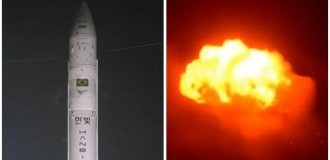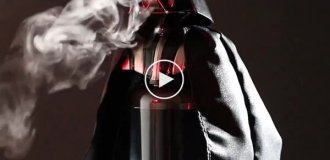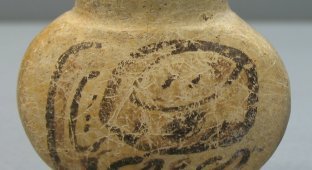What is naswar and where did it come from (5 photos)
Nasvay is a tobacco-based chewing or lozenge mixture, commonly found in Central Asian countries such as Uzbekistan, Kazakhstan, Kyrgyzstan, and Turkmenistan. 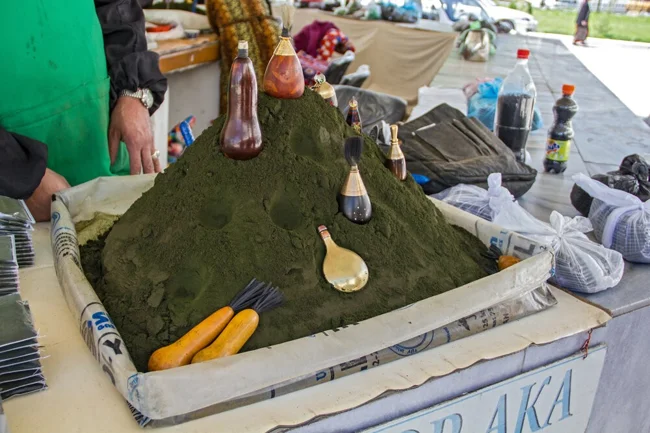
Nasvay Composition
Nasvay has no standard and is usually made by hand. Its ingredients include:
tobacco – most often finely ground or tobacco dust;
slaked lime or plant ashes (sunflower, cotton, and other crops);
Binding agents include vegetable oil, sometimes even chicken manure.
Water is added to this, and in some cases, spices or aromatic additives are added to soften the taste and smell. The resulting mass is molded into small green balls, which are then sold. 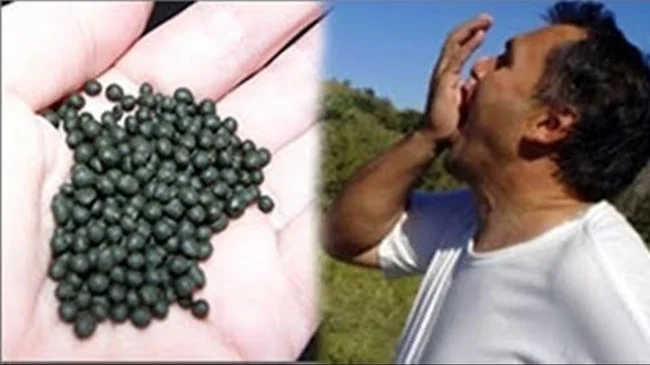
How to use it
Nasvay is not smoked or snorted. Small balls are placed behind the lip or under the tongue. When in contact with saliva, nicotine is released and quickly enters the bloodstream through the mucous membrane. The effect occurs almost immediately: dizziness, mild intoxication, and relaxation. Some users report nausea or a heavy head, which is due to the high dose of nicotine and impurities.
The effect is short-lived: it lasts 2-5 minutes, so a person develops a habit of constantly adding nasvay balls. This leads to extreme addiction.
History and Origin 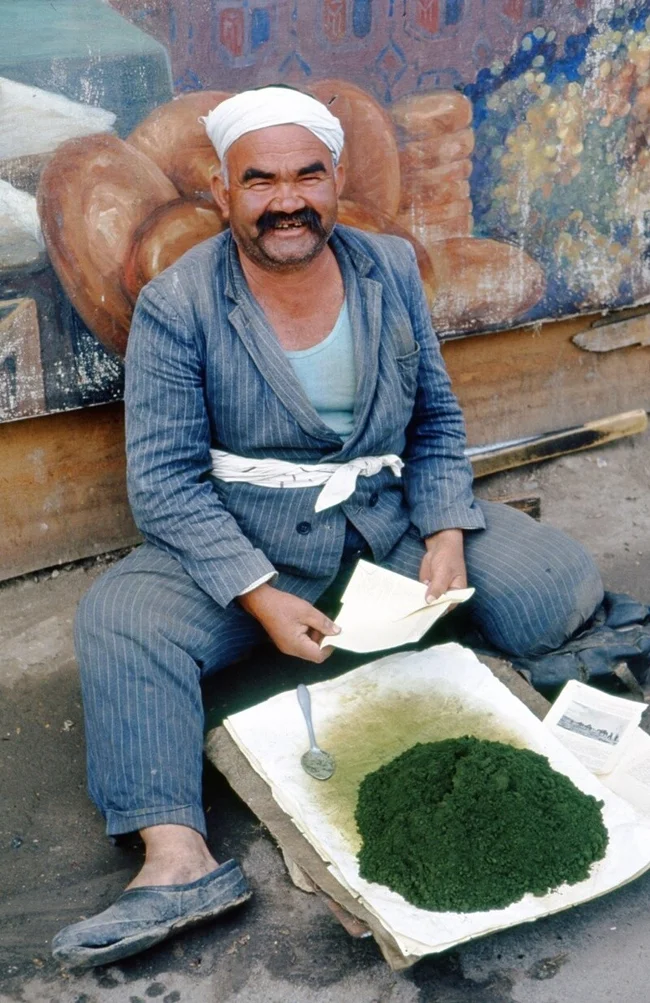
Nasvay's roots go back to Central Asia. There, it was used as a cheap cigarette substitute. For rural residents and workers, it was an accessible way to consume nicotine: production did not require complex technology, and the ingredients were always on hand.
During Soviet times, naswar was considered a "work drug"—it was often chewed on construction sites and in fields where smoking cigarettes was inconvenient or unsafe. It could be found in the teahouses of Central Asia as often as pipe tobacco. Moreover, in some regions, it was perceived as part of the culture: older men could safely use naswar among friends without seeing anything wrong with it. 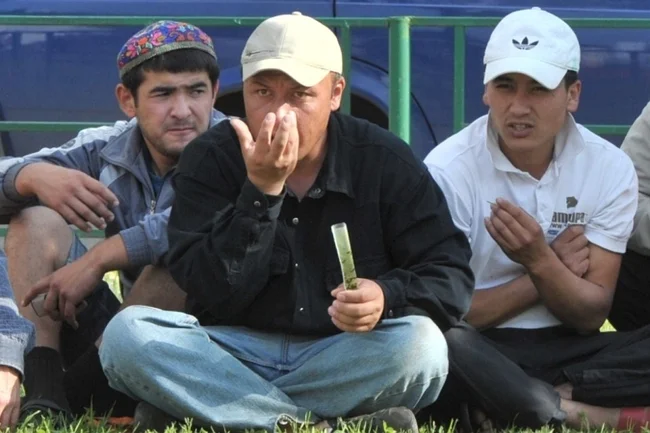
Harm and Danger
For a long time, many considered naswar less harmful than cigarettes because you don't have to smoke it and the smoke doesn't enter your lungs. In fact, it may be even more dangerous.
Nasvay contains a high concentration of nicotine, which is highly addictive.
Slaked lime and ash burn the oral mucosa, causing chronic ulcers.
Regular use leads to cancer of the mouth, esophagus, and stomach.
Craftsmanship often uses dirty water and unsanitary ingredients. This leads to the introduction of bacteria and parasites.
Due to its low price and simplicity, nasvay is often tried by teenagers, making it even more dangerous from a social standpoint. 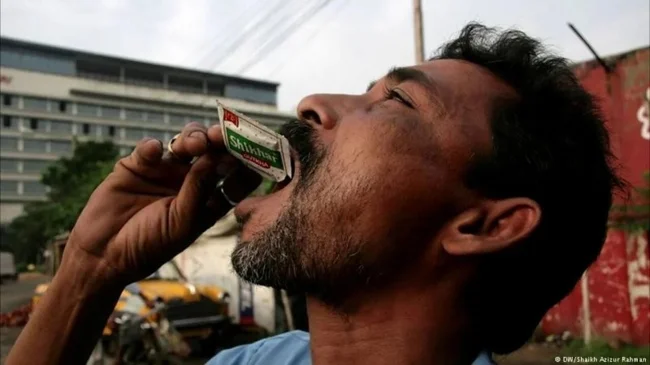
Current Situation
Today, nasvay is officially banned in many countries. However, it can still be found illegally in border regions and markets. It is distributed primarily among young people and migrants from Central Asia, who maintain old habits.
This remains a problem for authorities and doctors: combating nasvay requires not only bans but also education. Many teenagers try it, believing it to be "safe tobacco," and do not understand the harm they are causing to their health.
Summary
Nasvay is a traditional nicotine mixture from Central Asia that originated as a cheap alternative to cigarettes. Over time, it has evolved into a dangerous product that causes colossal harm to health. Despite its ease and low cost of production, it can cause severe addiction and serious illnesses.
The history of nasvay clearly demonstrates that what was once considered a cultural habit is now becoming a serious social and medical problem.



